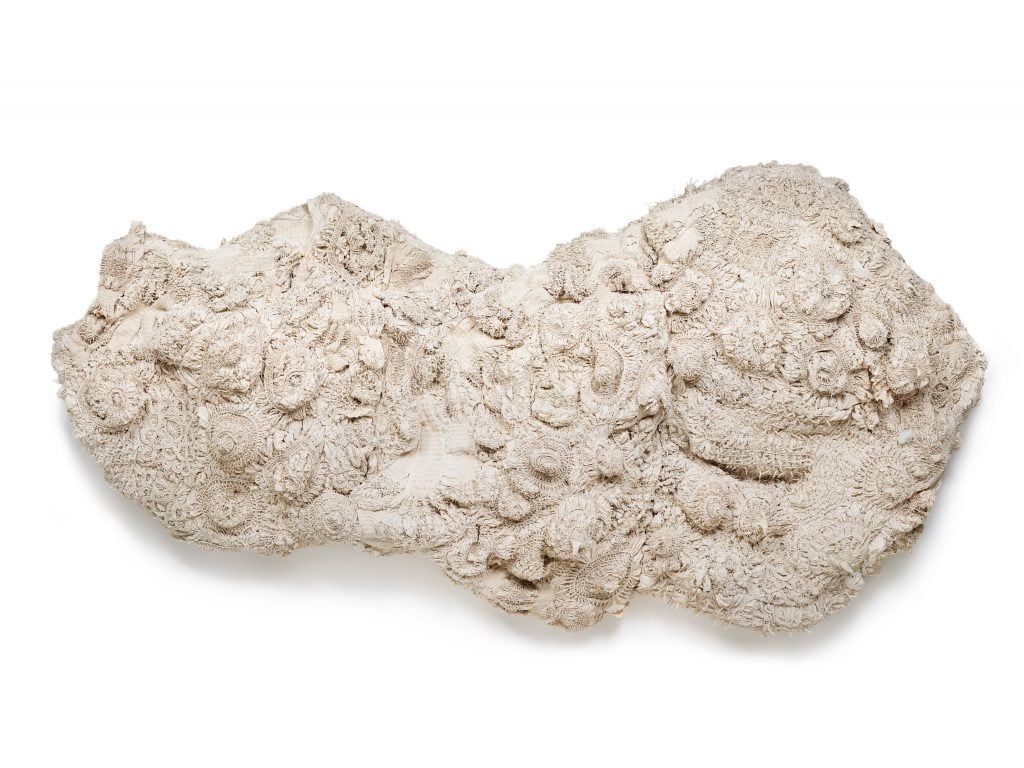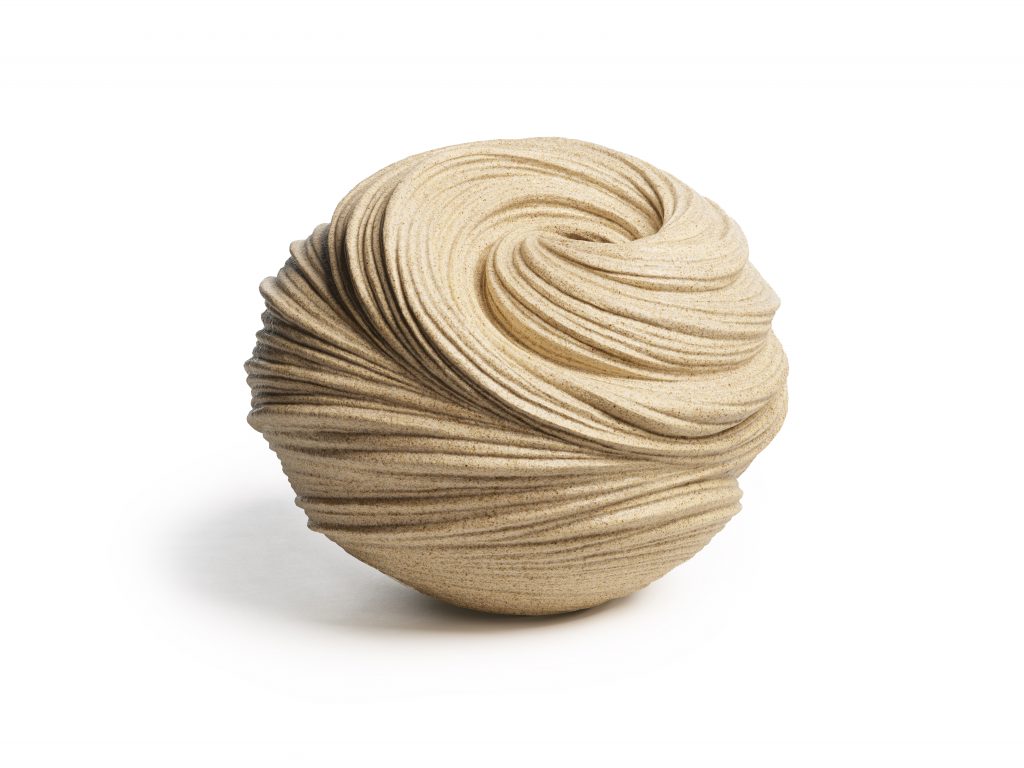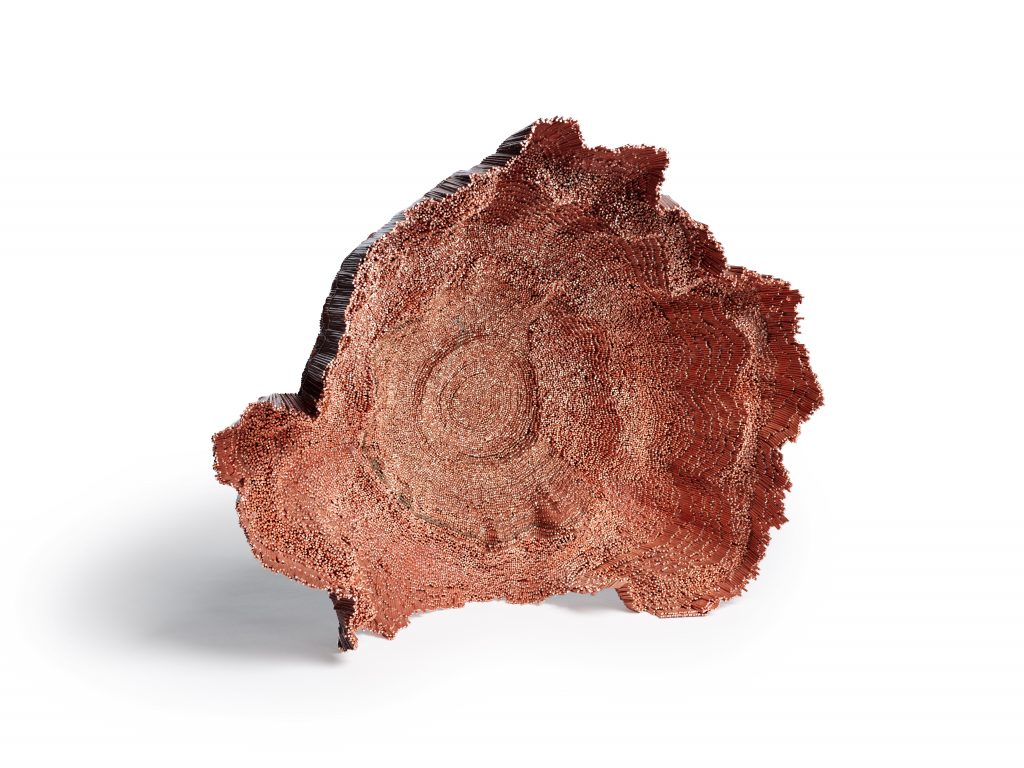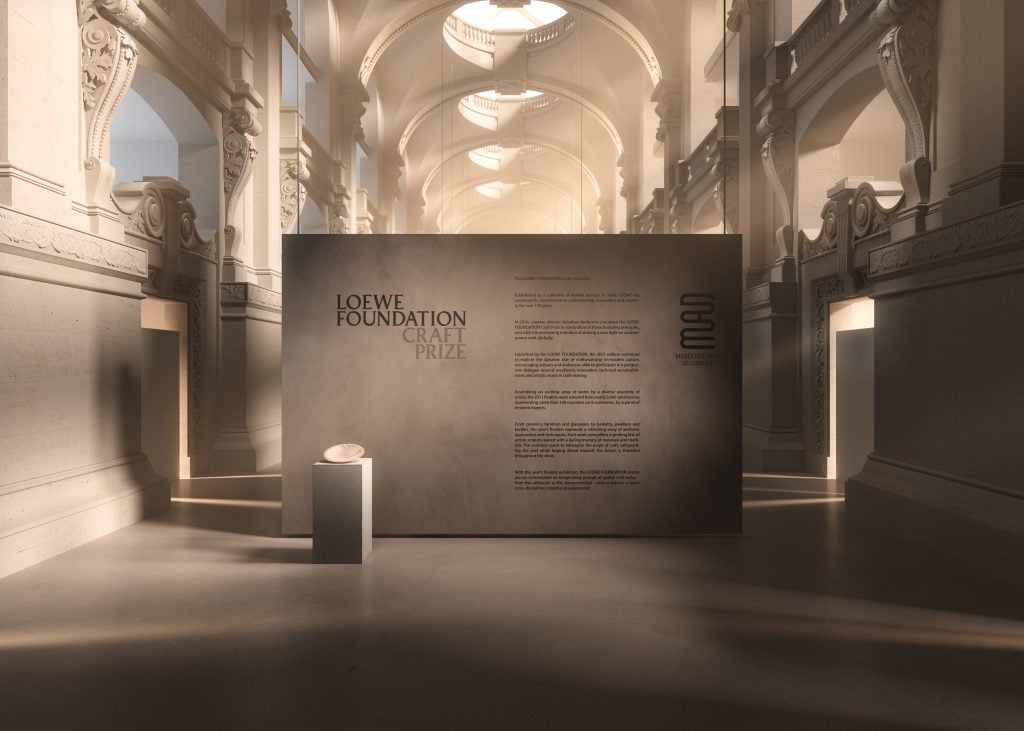Art World
Loewe Creative Director Jonathan Anderson on the Luxury Brand’s 2021 Craft Prize, and Why Art Remains Essential
The winner of this year's award has just been announced.

The winner of this year's award has just been announced.

Artnet News

The Loewe Foundation Craft Prize was originally conceived in 2016 by the brand’s creative director, Jonathan Anderson, to celebrate the work of young artists and makers innovating everything from ceramics and jewelry, to textiles and metalwork.
Over the years, the prize has grown in renown, attracting the attention of industry figures around the world.
The winner of this year’s prize, which was announced this morning, is 32-year-old Chinese artist FangLu Lin, who won the jury over with her compelling work, SHE (2016).
Per Loewe, the artwork—a cloth piece informed by the venerated, thousand-year-old sewing methods of the women of the Bai minority in China’s Yunnan province—“astonished the jury with its monumental scale.”

FangLu Lin, SHE (2016). Photo courtesy the Loewe Foundation.
The jury also voted to give two other works special mentions: Desértico II (2019) by the 42-year-old Chilean artist David Corvalán and Chōtō: Listening to the Waves (2019) by the 63-year-old Japanese artist Takayuki Sakiyama. The former is a copper wire-and-resin work fashioned to look like an ancient artifact and conceived as a comment on commercial greed, while the latter, a sculptural vessel made in a unique sand glaze, is “a swirling love letter to the fluctuating power of the sea.”
Though the Craft Prize ceremonies usually culminate in an exhibition at the Musée des Arts Décoratifs featuring entries from all the finalists, due to pandemic restrictions in France, the works will instead be exhibited digitally on the Loewe Craft Prize site. Viewers can see each item “up close” through augmented reality, bringing the work into their homes via smartphones.
Since the finalists were selected in January 2020, the Loewe Foundation has highlighted their work on Instagram with a series of studio tours, part of the Loewe en Casa series.
Additionally, the work of all 115 finalists since the Craft Prize’s launch in 2016 will be available to view online through the Room, a public database of works of contemporary craft that was released today. It aims to help artists share their work with a global audience. Artists can upload their own content and imagery to the platform, as well as provide details so viewers can make inquiries.
To learn more about this year’s competition, we chatted with Anderson about the future of craft and more.

Takayuki Sakiyama, Chōtō: Listening to the Waves (2019). Photo courtesy the Loewe Foundation.
Tell me about the 2021 Craft Prize competition, which of course comes after a year like no other. What made this year’s competition different from years past?
What has been really fascinating has been seeing the huge number of textiles that were submitted, which I think really shows you the idea that with textiles and contemporary art, there is something really changing in our idea of weave.
What excited you about this year’s submissions? Did you notice any similar themes across entries?
I think what has been interesting is the idea of perfection, the idea of how to find newness within a material that has been used for centuries. When I look at the pieces, I get this idea of a landscape.

David Corvalán, Desértico II (2019). Photo courtesy the Loewe Foundation.
How did you go about choosing the winner of this year’s competition? What went into the decision-making process?
I think that when the jury is working on this kind of thing, everyone has their own personal viewpoint in terms of what they like. What’s been really nice this year is that everyone has been able to find the best in their field, but to choose is incredibly difficult because you are choosing from different mediums. It has to be an object that really stands out.
This year, when you look at FangLu Lin’s work, it was really kind of monumental. It was encapsulating. It was a sculpture; it was tactile. When you look at someone like Sakiyama—his work has been exhibited all around the world, so I felt like it was either that people already knew it or it was a rediscovery for people. There is an incredible kind of movement within his pieces.
And with David, this idea of taking something so simple as the copper wire and re-creating these sort of mesmerizing voids or landscapes… they are captivating by the way they catch light.
Are you excited for the exhibition? What are you most looking forward to when it debuts?
Ultimately, during this global crisis, everyone has had to find a way in which to communicate. We’ve been very lucky to work with Musée des Arts Décoratifs, and we have been able to render the space. What has been really nice is that we have an amazing interactive space that has taken an incredible amount of time to pull together, and it has really helped us to navigate and show people these amazing pieces.
I think that in any other year we would love to have a physical exhibition, but unfortunately this is just not possible right now. Obviously at the same time, a couple of days later we have the launch of the Room, which is a platform that helps all past shortlist Craft Prize applicants connect people who are intrigued by their work, through the gallery or the artists themselves.

A scene from the virtual Craft Prize 2021 exhibition. Photo courtesy the Loewe Foundation
What did this year’s submissions reveal to you about the future of craft?
I think what they really show is that, by working with media like ceramics, textiles, or glass and perfecting over time this labor of love, it creates magic in craft. It is about the sole person-making. And as this pandemic has progressed further, we start to realize the importance of the individual, the individual maker. I think we are becoming more curious and loving towards this idea of the person who makes the singular object.